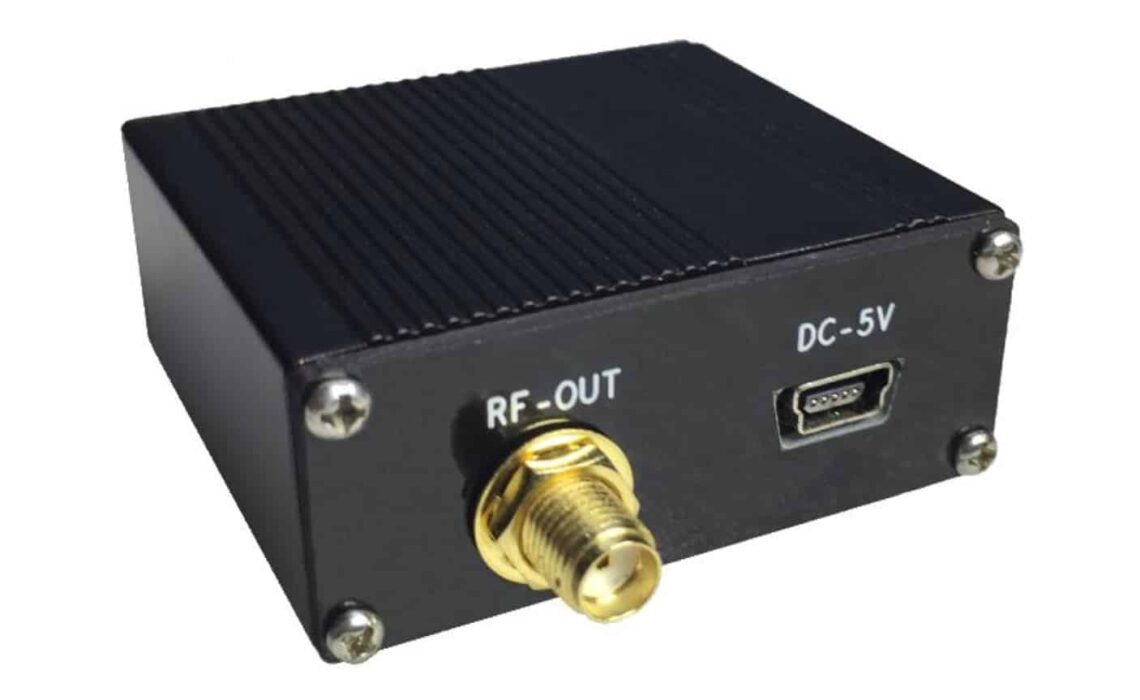
In the dynamic landscape of modern communication systems, the demand for efficient and high-performance signal processing has never been greater. From telecommunications to wireless networks, the ability to transmit and receive information with clarity and speed is crucial. Wideband amplifiers play a pivotal role in achieving this, serving as the backbone for enhancing signals across a broad range of frequencies. This article delves into the significance of wideband amplifiers in empowering communication systems and how they contribute to the seamless flow of information.
Understanding Wideband Amplifiers:
Wideband amplifiers are electronic devices designed to amplify signals over a wide frequency range, typically spanning several octaves. Unlike narrowband amplifiers that focus on a specific frequency band, wideband amplifiers are versatile, making them well-suited for applications requiring amplification across diverse frequency spectra.
The Role of Wideband Amplifiers in Signal Processing:
Enhanced Bandwidth:
- Wideband amplifiers excel in providing extended bandwidth, allowing communication systems to handle a broader range of frequencies. This is particularly essential in modern communication systems where multiple services and applications coexist, each requiring a different frequency band. Wideband amplifiers facilitate the simultaneous transmission and reception of diverse signals without compromising on performance.
Improved Signal-to-Noise Ratio (SNR):
- Signal quality is paramount in communication systems. Wideband amplifiers contribute to achieving a favorable Signal-to-Noise Ratio by amplifying the desired signal while minimizing unwanted noise. This results in clearer communication and better reception quality, especially in scenarios where environmental interference may be a challenge.
Flexibility in System Design:
- The versatility of wideband amplifiers allows for greater flexibility in the design of communication systems. Engineers can design systems that adapt to changing requirements, making them more resilient and future-proof. This flexibility is particularly valuable in the rapidly evolving landscape of communication technologies.
Support for Multi-Channel Communication:
- With the growing demand for multi-channel communication systems, wideband amplifiers play a crucial role in enabling the simultaneous transmission and reception of multiple channels. This is particularly evident in applications such as broadband internet, where the ability to handle numerous data streams concurrently is vital.
Advancements in Wireless Communication:
- The proliferation of wireless communication technologies, including 5G networks, relies heavily on the capabilities of wideband amplifiers. These amplifiers support the high data rates and low latency requirements of modern wireless communication, contributing to the seamless connectivity of devices and enabling a wide range of applications, from smart cities to the Internet of Things (IoT).
Conclusion:
In conclusion, wideband amplifiers serve as indispensable components in the realm of communication systems, empowering them with enhanced bandwidth, improved signal quality, and flexibility in design. As technology continues to advance, the role of wideband amplifiers will remain crucial in meeting the ever-growing demands of efficient and reliable signal processing. By investing in research and development to further enhance the capabilities of wideband amplifiers, the communication industry can continue to push the boundaries of what is possible, ensuring that our interconnected world stays seamlessly in touch.





